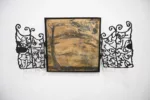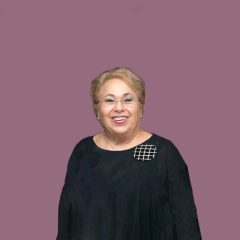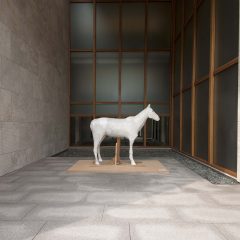After 18 years of handing out the biggest regional prize in the arts, Pew Fellowships in the Arts has changed its m-o. Well, they’re still handing out prizes– the coveted 12 grants of $60,000. But the process is changing in 2010 in two significant ways. First, and probably most importantly, Pew has switched from an open call for applications to a MacArthur genius grant secret nominating process. Second, there’s no longer a 4-year rotation of categories with painting one year, sculpture another, etc. etc. Now, it’s open season for all categories every year. This came as a surprise to us as it will to every artist in the neighborhood. But we think it’s exciting. It sounds to us like they’re trying to reach the best there is out there and especially artists who are working across categories and in new forms. We think this is a change to keep the awards fresh and in touch with the changes of society and especially of the arts.
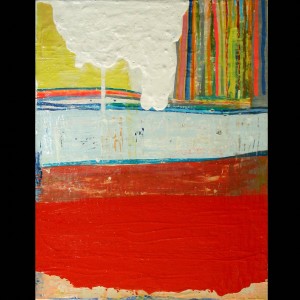
Melissa Franklin of the Pew called us up to give us the scoop.
“We’ve thought about this for a while. We’ve had it on our minds that there has to be a better way to review materials. We want to put into place a more thoughtful and thorough review process” She also said the context for the grant making has changed because the art has changed. We asked her if applications were down and she said they were down slightly and we think that has to be a concern.
Franklin said the grant criteria will remain unchanged. Pew will award grants on the basis of artistic excellence, artistic commitment and on the impact of the grant on the artist and impact of the artist’s work on society.
The traditional categories into which they forced artists to define themselves have been given the heave-ho. “The categories have always been problematic for a lot of artists. We have artists who have to squeeze themselves into categories. Others work in ways that defy the categories. Now we’re looking at any artistic discipline this year.
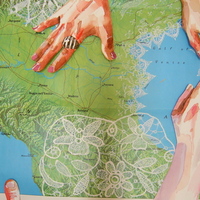
As for the application, it’s been changed as well. “Our old questions are not very good. For example, we don’t need to know what people will do with the money. But what we do need to know is what they’re thinking about and where they want to go with their art.
“Another thing, in the past we’d give $60,000 and say ‘See ya.’ And that’s not good enough. We need to engage more deeply with the recipients. We’re going to work out what each artist needs, whether it’s to make connections or introductions or technical assistance.”
The nomination process.
In the new nomination process, 30 nominators will select 2 artists each. The artists who are nominated are invited to apply. The categories will be literature, visual arts, dance and music, etc. (see all the categories on the Pew website). The nominators — who Franklin said will be people with deep knowledge of the arts in the region — will change every year and they will be anonymous to protect them from undue influence and pressure from their friends. The nominators will have to write the reasons for their selection and that narrative will become a part of the information about the artist as they go through the selection process. “An outside person can often talk about the work better than the artist.”
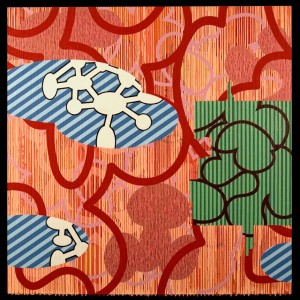
After the nominated artists apply they will be evaluated by experts around the country, who will look at the materials. Only those artists ranked high enough will go to the final interdisciplinary panel (same as now).
“The old open application assumes it’s more egalitarian and it also assumes people know about us. But some people may not even apply to us.” (Pew historically had a 97% rejection rate of all applicants –that gets around and people who ought to be applying sometimes get discouraged).
Now the 60 nominated applicants have a 20% shot.
“This new method gives us the freedom to be proactive about people doing interesting work right now.” We asked if she could give us an example of who that might be and she mentioned King Brit and young artists in general.
We asked if the names of the 60 artists nominated would be made public each year and the answer was no. When the 12 grants are announced Pew will release the 12 names and the names of the final evaluators.
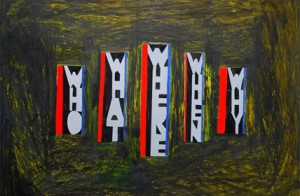
Franklin told us she’d been working for a year on this overhaul. She said she worked with Cynthia Mayeda, head of external affairs at the Brooklyn Museum on the review. Franklin also said she consulted with USA Artists, Creative Capital and artists who had been on the Pew panels in the past like Amy Sillman and Kevin Young.
Over their 18 years in operation, Pew Fellowships has had 7,900 applications and has given grants to 237 artists.
“We hope people will welcome this change,” Franklin said.
For more information about this big change check the Pew Fellowships website which has a FAQ page and other information.


